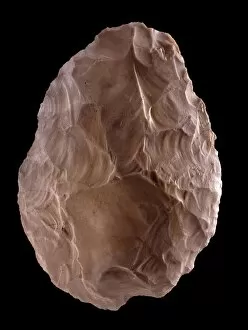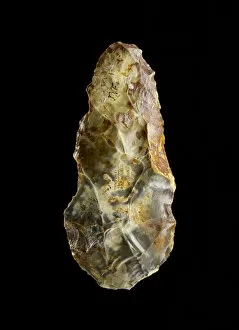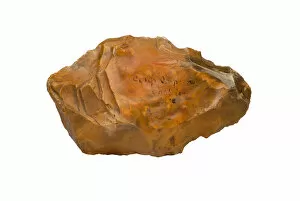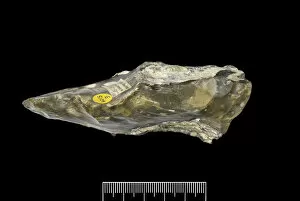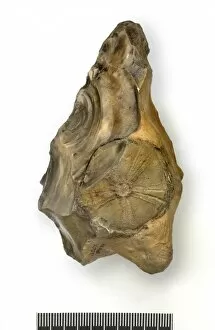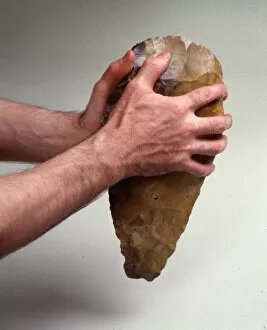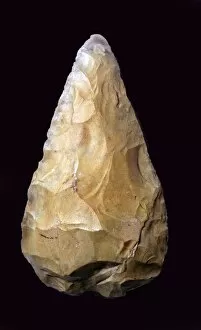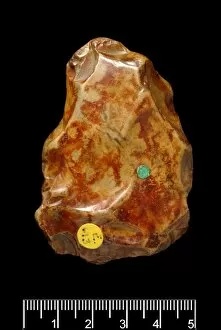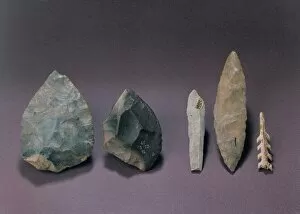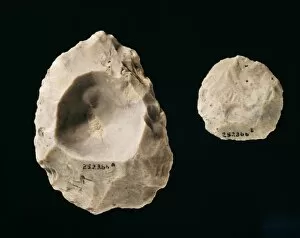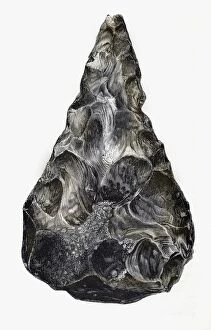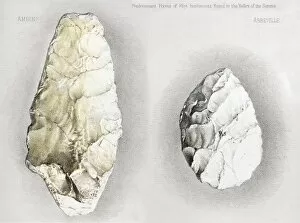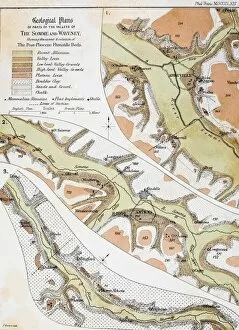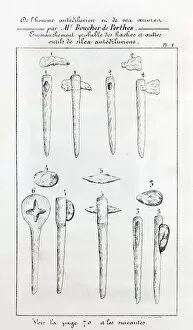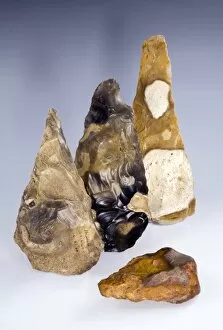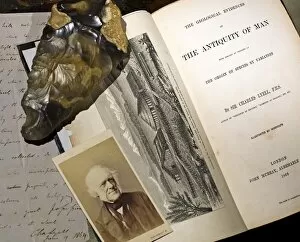Hand Axe Collection
"Unearth the Ancient Artistry: The Flint Hand Axe" Step back in time with the Flint hand-axe C013 / 6640, a remarkable artifact from our Paleolithic past
For sale as Licensed Images
Choose your image, Select your licence and Download the media
"Unearth the Ancient Artistry: The Flint Hand Axe" Step back in time with the Flint hand-axe C013 / 6640, a remarkable artifact from our Paleolithic past. Crafted meticulously by early humans, this Chellean flint hand-axe (flint) showcases their ingenuity and resourcefulness. Immerse yourself in history as you hold this authentic piece of our ancestors' lives - a tangible connection to the past. This flint hand axe is not just an ordinary tool; it represents the dawn of human civilization and technological advancement. The intricate design of this Paleolithic hand-axe speaks volumes about the skills possessed by these early artisans. Its sharp edges were expertly chipped away to create a versatile tool for hunting, gathering, and survival. What makes this particular Flint handaxe even more extraordinary is its incorporation of a fossil echinoid. Imagine wielding an object that combines both natural beauty and practicality – truly awe-inspiring. Delve into the story behind The Furze Platt Hand Axe - an emblematic relic that has witnessed centuries pass by. It serves as a testament to human adaptability throughout different eras. Intriguingly captured in an 1860s Charles Lyell portrait photo cdv, we catch a glimpse of how esteemed individuals recognized the significance of such artifacts during their time. Transport yourself further back with an Acheulean Hand Axe (stone), another masterpiece from prehistoric times. Feel its weight in your hands as you ponder over how it was used for countless generations before us. This Palaeolithic handaxe holds secrets waiting to be unraveled - each groove telling tales untold. Let your imagination run wild as you contemplate who may have held it before you or what landscapes it once traversed. Discover yet another fascinating find –the Piltdown hand axe C016 / 5972– which adds intrigue to our understanding of ancient civilizations. Uncover the mysteries surrounding this enigmatic artifact.

